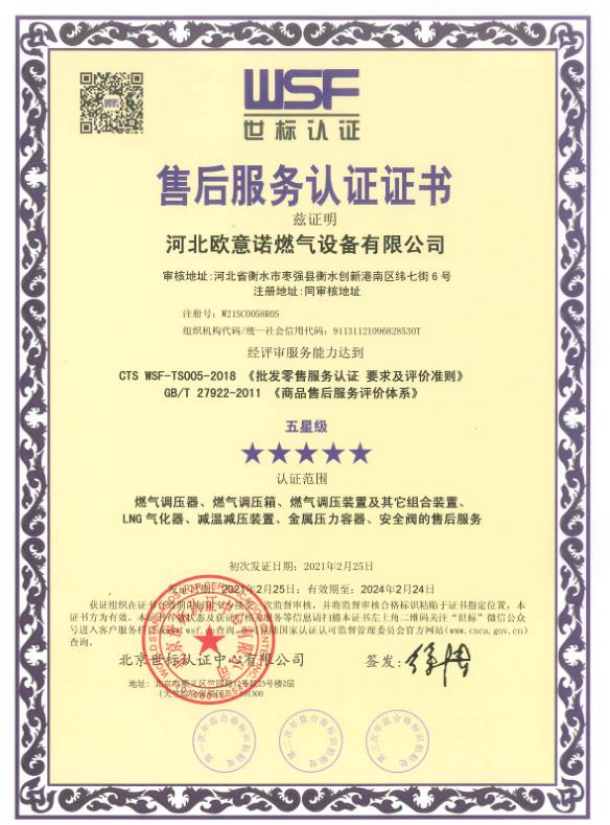
Aug . 06, 2024 09:38
Back to list
Air Purification Technology for Enhanced Gas Filtration and Environmental Protection Solutions
Gas Purification Devices An Overview
In recent years, the need for clean air and reduced emissions has led to significant advancements in gas purification technologies. Industries ranging from petrochemicals to power generation are increasingly turning to gas purification devices to minimize harmful emissions and ensure compliance with environmental regulations. This article will delve into the various types of gas purification devices, their mechanisms, and their importance in modern industries.
Gas purification devices primarily function to remove pollutants from gas streams before they are released into the atmosphere or before being utilized in chemical processes. The most common types of pollutants include volatile organic compounds (VOCs), sulfur compounds, nitrogen oxides (NOx), and particulate matter. The methods employed for gas purification can be broadly categorized into physical, chemical, and biological methods.
Physical Methods
.
Chemical Methods
جهاز تنقية الغاز

Chemical purification methods involve chemical reactions to neutralize or transform harmful gases into less harmful substances. One widely used technique is scrubbing, where a gas stream is passed through a liquid solution that reacts with the pollutants. For instance, scrubbers can be used to remove SO2 from flue gases by employing an alkaline solution that converts sulfur dioxide into a non-toxic sulfate compound. Catalytic converters, commonly used in automotive applications, also represent a chemical method for gas purification. They contain catalysts that facilitate chemical reactions to convert harmful gases like carbon monoxide (CO), hydrocarbons, and NOx into less harmful emissions such as carbon dioxide (CO2) and nitrogen (N2).
Biological Methods
Biological methods, such as biofiltration, utilize microorganisms to degrade pollutants. These systems employ biofilters that harbor bacteria and other microbes which metabolize hazardous gases. This method is particularly effective for treating organic waste gases and volatile organic compounds. The advantage of biological purification is its low energy requirement and the minimal generation of secondary pollutants.
Importance in Modern Industries
The significance of gas purification devices cannot be overstated. With increasing awareness of environmental degradation and the health impacts of air pollution, industries are under pressure to adopt cleaner technologies. Gas purification devices not only help in complying with stringent environmental regulations but also contribute to sustainable industrial practices. Moreover, by recycling and reusing gases, these devices play a crucial role in energy conservation and cost reduction.
In conclusion, gas purification devices are essential tools in the quest for cleaner air and sustainable industrial practices. As technology continues to advance, we can expect to see even more effective and efficient gas purification systems. The integration of physical, chemical, and biological methods will further improve the capability of these devices to combat air pollution and protect public health. Ultimately, investing in gas purification technologies is not just a regulatory necessity but a moral imperative for a cleaner and healthier planet.
Latest news
-
Safety Valve Spring-Loaded Design Overpressure ProtectionNewsJul.25,2025
-
Precision Voltage Regulator AC5 Accuracy Grade PerformanceNewsJul.25,2025
-
Natural Gas Pressure Regulating Skid Industrial Pipeline ApplicationsNewsJul.25,2025
-
Natural Gas Filter Stainless Steel Mesh Element DesignNewsJul.25,2025
-
Gas Pressure Regulator Valve Direct-Acting Spring-Loaded DesignNewsJul.25,2025
-
Decompression Equipment Multi-Stage Heat Exchange System DesignNewsJul.25,2025

